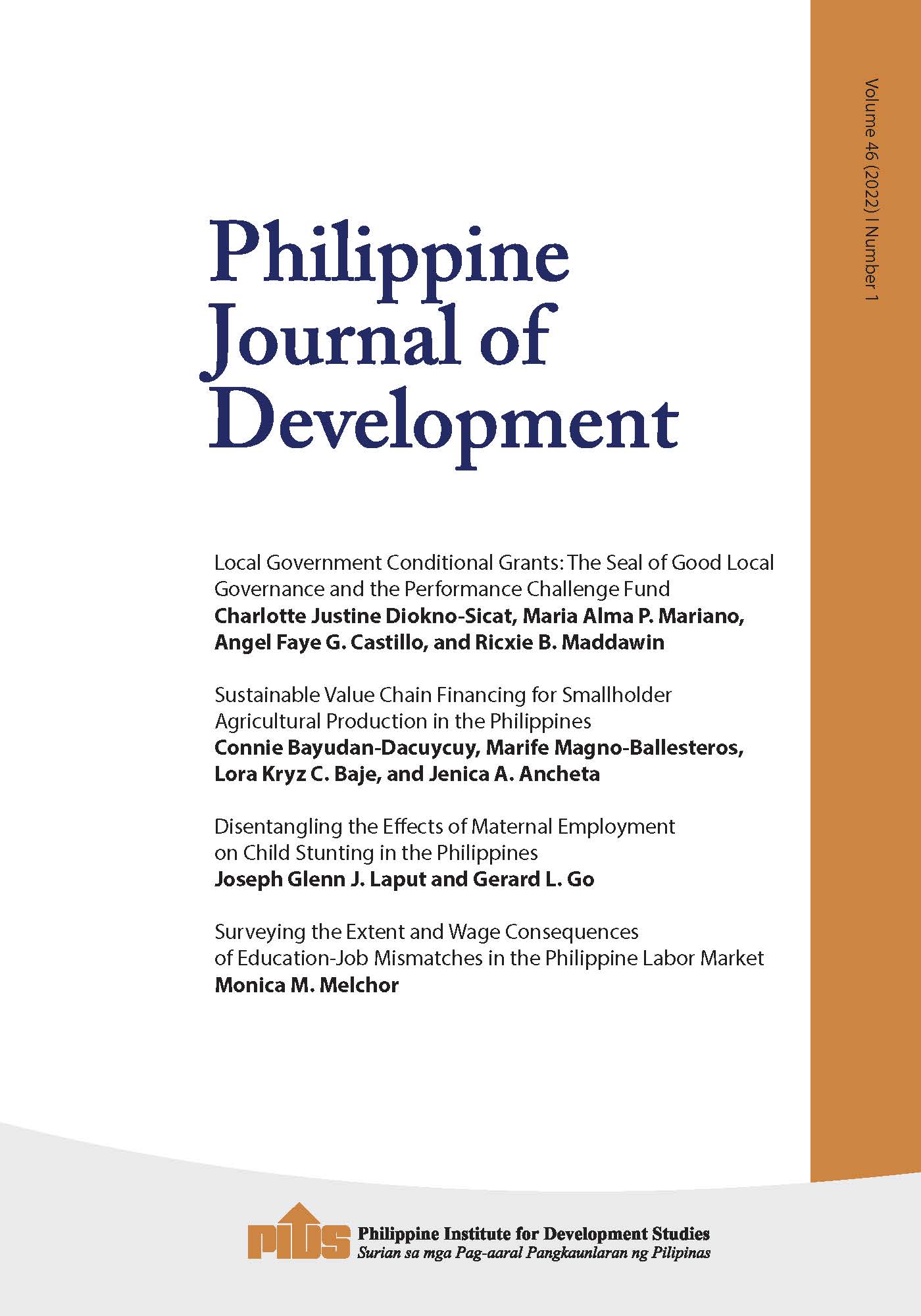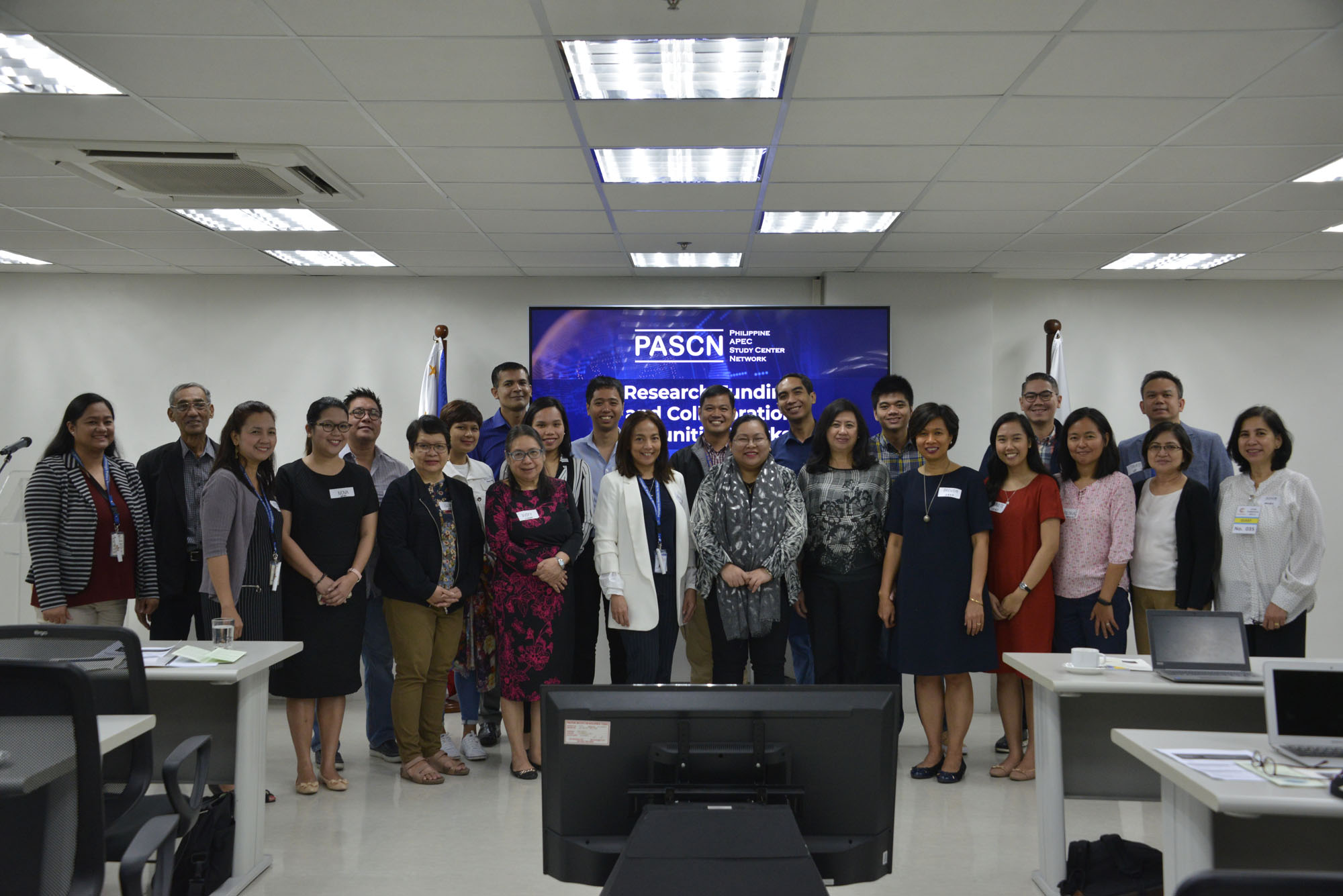The Internal Revenue Allotment (IRA) for local governments is expected to increase by P225.3 billion in 2022 based on the expanded formula for its computation as a result of a recent Supreme Court (SC) ruling.
Government think tank Philippine Institute for Development Studies (PIDS) suggested funding the additional amount through a cut back or “unfunding” of some programs, activities and projects in the budgets of some national government agencies since local government units (LGU) can make use of the additional money in the battle against the coronavirus disease.
A PIDS study was conducted following the SC order to expand the source of IRA to include other national taxes such as customs duties.
Based on the estimate of the Development Budget Coordinating Committee (DBCC), the IRA in 2022 is projected to increase “from P847.4 billion (based on old computation) to P1.102 trillion or an increase of P225.3 billion.”
In July 2019, the Supreme Court ruled in favor of petitions filed separately by Batangas Governor Hermilando Mandanas and the late Representative Enrique Garcia Jr. of Bataan questioning the computation of the IRA.
The author, former PIDS Senior Research Fellow Rosario Manasan, presented the findings and recommendations of the study “Fiscal Sustainability, Equity, and Allocative Efficiency in the Light of the 2019 Supreme Court Ruling on the LGU Share in National Taxes” during a recent webinar organized by PIDS. The study provided three options for the government to be able to raise the IRA releases.
The first option is for the government to increase tax rates or impose new taxes to generate additional government revenue equivalent to 0.9 percent of gross domestic product (GDP) in 2022 over and above the incremental revenues from tax reforms intended to fund the “Build, Build, Build” program.
The second option is for the government to increase its fiscal deficit target by 0.9 percent of the GDP yearly. While this is likely to be fiscally sustainable in the short term, Manasan cautioned that implementing a more expansionary fiscal stance in the long term will be risky in terms of fiscal sustainability.
3rd option most prudent
The third option is to “unfund” some PAP budgeted under the General Appropriations Act (GAA) to create a fiscal space for the increase in IRA. These PAP pertain to devolved functions that are still being carried out by some agencies.
According to Manasan, the third option is perhaps “the most prudent from a fiscal point of view.” In selecting programs to be unfunded, she underscored that it is important to choose PAP that are included in the budget of some agencies yet are assigned to LGU under section 17 of the Local Government Code of 1991.
Manasan said that the unfunding of PAPs in the 2020 GAA will give the national government a total appropriation of P247.6 billion, which is higher than the projected IRA increase at P225.3 billion. As a result, there is an excess of P22.3 billion in the amount required to fund the increase of the IRA.
Government think tank Philippine Institute for Development Studies (PIDS) suggested funding the additional amount through a cut back or “unfunding” of some programs, activities and projects in the budgets of some national government agencies since local government units (LGU) can make use of the additional money in the battle against the coronavirus disease.
A PIDS study was conducted following the SC order to expand the source of IRA to include other national taxes such as customs duties.
Based on the estimate of the Development Budget Coordinating Committee (DBCC), the IRA in 2022 is projected to increase “from P847.4 billion (based on old computation) to P1.102 trillion or an increase of P225.3 billion.”
In July 2019, the Supreme Court ruled in favor of petitions filed separately by Batangas Governor Hermilando Mandanas and the late Representative Enrique Garcia Jr. of Bataan questioning the computation of the IRA.
The author, former PIDS Senior Research Fellow Rosario Manasan, presented the findings and recommendations of the study “Fiscal Sustainability, Equity, and Allocative Efficiency in the Light of the 2019 Supreme Court Ruling on the LGU Share in National Taxes” during a recent webinar organized by PIDS. The study provided three options for the government to be able to raise the IRA releases.
The first option is for the government to increase tax rates or impose new taxes to generate additional government revenue equivalent to 0.9 percent of gross domestic product (GDP) in 2022 over and above the incremental revenues from tax reforms intended to fund the “Build, Build, Build” program.
The second option is for the government to increase its fiscal deficit target by 0.9 percent of the GDP yearly. While this is likely to be fiscally sustainable in the short term, Manasan cautioned that implementing a more expansionary fiscal stance in the long term will be risky in terms of fiscal sustainability.
3rd option most prudent
The third option is to “unfund” some PAP budgeted under the General Appropriations Act (GAA) to create a fiscal space for the increase in IRA. These PAP pertain to devolved functions that are still being carried out by some agencies.
According to Manasan, the third option is perhaps “the most prudent from a fiscal point of view.” In selecting programs to be unfunded, she underscored that it is important to choose PAP that are included in the budget of some agencies yet are assigned to LGU under section 17 of the Local Government Code of 1991.
Manasan said that the unfunding of PAPs in the 2020 GAA will give the national government a total appropriation of P247.6 billion, which is higher than the projected IRA increase at P225.3 billion. As a result, there is an excess of P22.3 billion in the amount required to fund the increase of the IRA.






